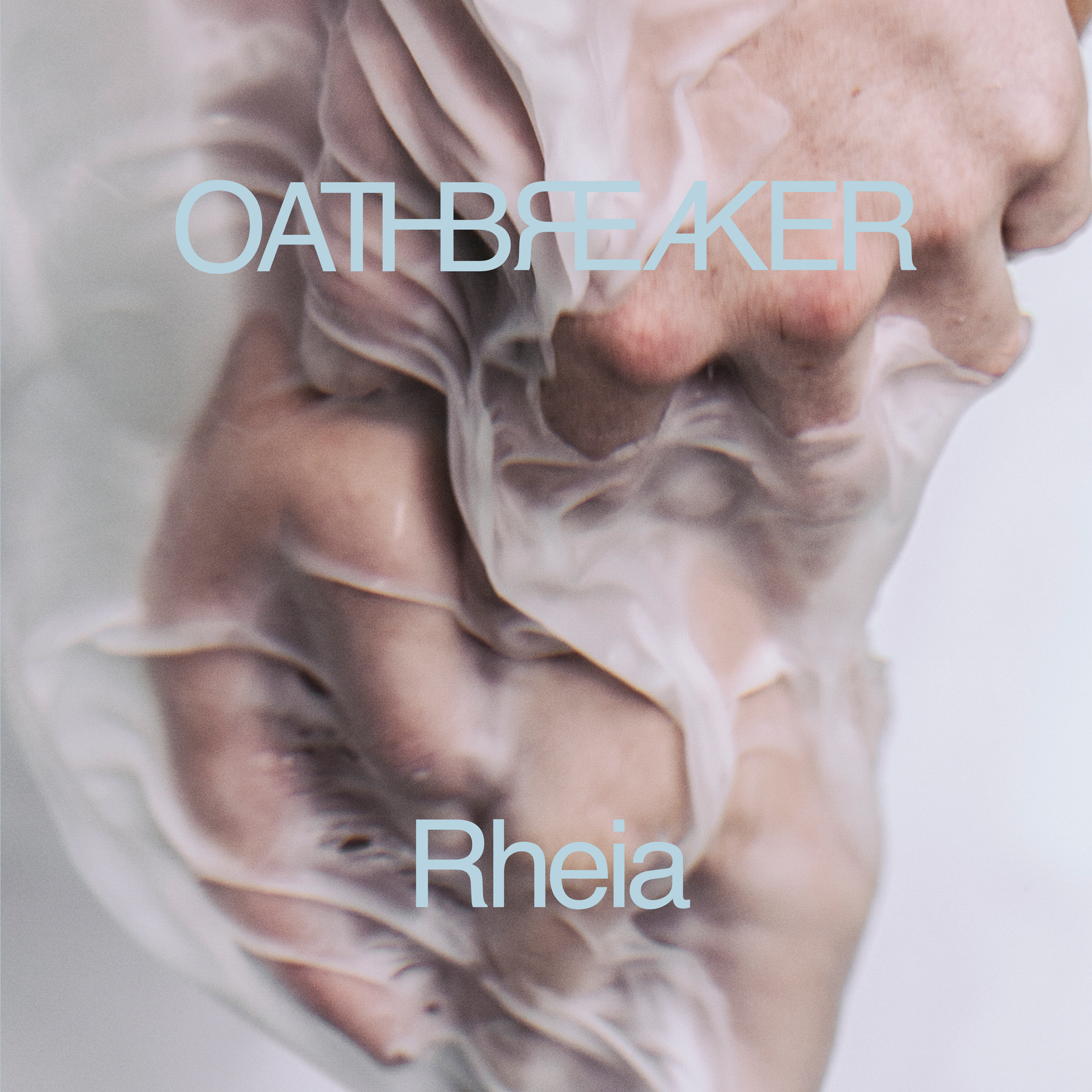Playlist For the Future
/New music by today’s promising female black talent and triumphant returns of senior legends
Black History Month is just as good of a time as any to dedicate some time to discovering new black music. The past few years have been filled with ambitious new songs by some very promising women. Whether they be American or Canadian talent, these ladies are really bringing something great to the table. On top of new talent, some of music’s most influential legends are continuing to make their mark on the industry; whether it be brand new singles or snatching honourable awards. Here’s a list of ten songs – and ten artists – you need to hear this month.
Normani – “Slow Down”
Normani, one of the former members of the popular girl group Fifth Harmony, has yet to make her formal solo debut. The 22 year old has released several collaboration singles since 2018; her single “Love Lies” with Khalid was an instant success, peaking in the Billboard top 10. However, one of her singles that went under the radar is the song that truly shows the potential of Normani as a solo pop superstar. Her project with Calvin Harris – specifically the solo house/EDM jam “Slow Down” could have fit wonderfully as a pre-release single for a solo EP. However, it was part of her Normami X Calvin Harris project. Although Normani has no concrete plans to finally drop her official solo EP or studio album, “Slow Down” and its catchy, classic beat gives us a taste of what to expect.
SZA – “20 Something”
Solána Imani Rowe, known professionally as SZA, made huge waves a couple of years ago with her album CTRL. The entire project gives off diary vibes, bringing the listener along with her musical diary entries. “20 Something” is perhaps the most intimate example. As the conclusion of the album, “20 Something” is about a topic that anyone at this school could relate to. “Hopin’ my 20 somethings won’t end / Hopin’ to keep the rest of my friends / Prayin’ the 20 somethings don’t kill me, don’t kill me” is lyrics that ring particularly true for university students. It’s scary to think beyond the comfort of your residence, your quaint university town, your small group of friends. And it’s difficult to think beyond the comfort and struggle of being a twenty-something. SZA’s work perfectly explains the under-represented anxieties that young adults face.
Lizzo – “Juice”
Minnesota based singer-songwriter Lizzo began 2019 with a total banger. Her single “Juice” is effortlessly catchy and an incredibly feel-good song. Lizzo’s confidence is what truly sells the song; and not everyone has that kind of talent. “Juice” guarantees to give you an energetic jolt that will be stuck in your head for weeks. “Blame it on the juice” indeed!
Janelle Monáe – Make Me Feel
It’s no wonder that Janelle Monáe’s third studio album Dirty Computer is nominated for Album of the Year. The album brings forth Monáe’s signature mix between R&B, soul and electronica, but overall feels fresh amongst the rest of her discography. The lead single, “Make Me Feel”, is definitely a perfect way to introduce her unique blend of genres to a newbie. Although she has not received the widespread, mainstream success that she deserves, Janelle Monáe has entered a completely different level of success – with this record, she has earned her place among the list of great, unique indie pop princesses. A critical darling, you can definitely expect to hear more of her beautiful, but under-appreciated gems for years to come.
H.E.R. – “Can’t Help Me”
Gabriella Wilson’s H.E.R. project is named so for a reason. An acronym for Having Everything Revealed, H.E.R.’s music is similar to SZA’s by virtue of being stripped down and brutally honest. “Can’t Help Me” is a wonderful example of this type of acoustic, easy-listening track. There is an element of warmness that makes the minimalist beat and repetitive guitar feel incredibly nostalgic. While the lyrics are sparse, they are truthful. This track in particular is just one of those songs that definitely leaves an impression on you not for its catchiness, but for its relatability.
cupcakKe – “A.U.T.I.S.M.”
CupcakKe might be most notorious for her extremely sexual lyrics, but the truth is that this woman has amazing rap and songwriting talent. Sexual songs included. Her flow is honestly the best I’ve heard of any recent female rappers, and she has no qualms making songs about serious topics. “A.U.T.I.S.M.” is one of the stand-out examples of cupcakKe’s serious tracks. Although it’s short, “A.U.T.I.S.M.”(A Unique Thinking Individual Strongly Matters) is a great, to the point song about Autistic people and the struggles they face. Whether it be a song about important social issues, or sexual expression, cupcakKe knows exactly how to get her points across in an interesting and personality-driven way.
Missy Elliott – “WTF” (Where They From)
The first senior artist on this list is none other than Missy Elliott. Although she hasn’t released anything in the past few years apart from a couple singles (WTF included), Missy has made her mark on the decade in other ways. Most recently, she was inducted into the Songwriters Hall of Fame. The first female and first hip-hop artist to achieve this milestone, Mariah Carey was also nominated for the award (Carey being another bi-racial legend). “WTF” is just another example of Missy’s unique flair that will never be duplicated.
Janet Jackson – “Made For Now”
Janet Jackson is, without a doubt, one of the most influential female artists of the past 50 years. Since the controversy surrounding the Super Bowl halftime show in 2004 (which is currently being re-examined by many as an example of double standards in the music industry), Janet Jackson has been largely out of the mainstream. “Made For Now” is a stepback in the mainstream direction. A summer bop featuring Daddy Yankee, hopefully the single is a sign of things to come.












